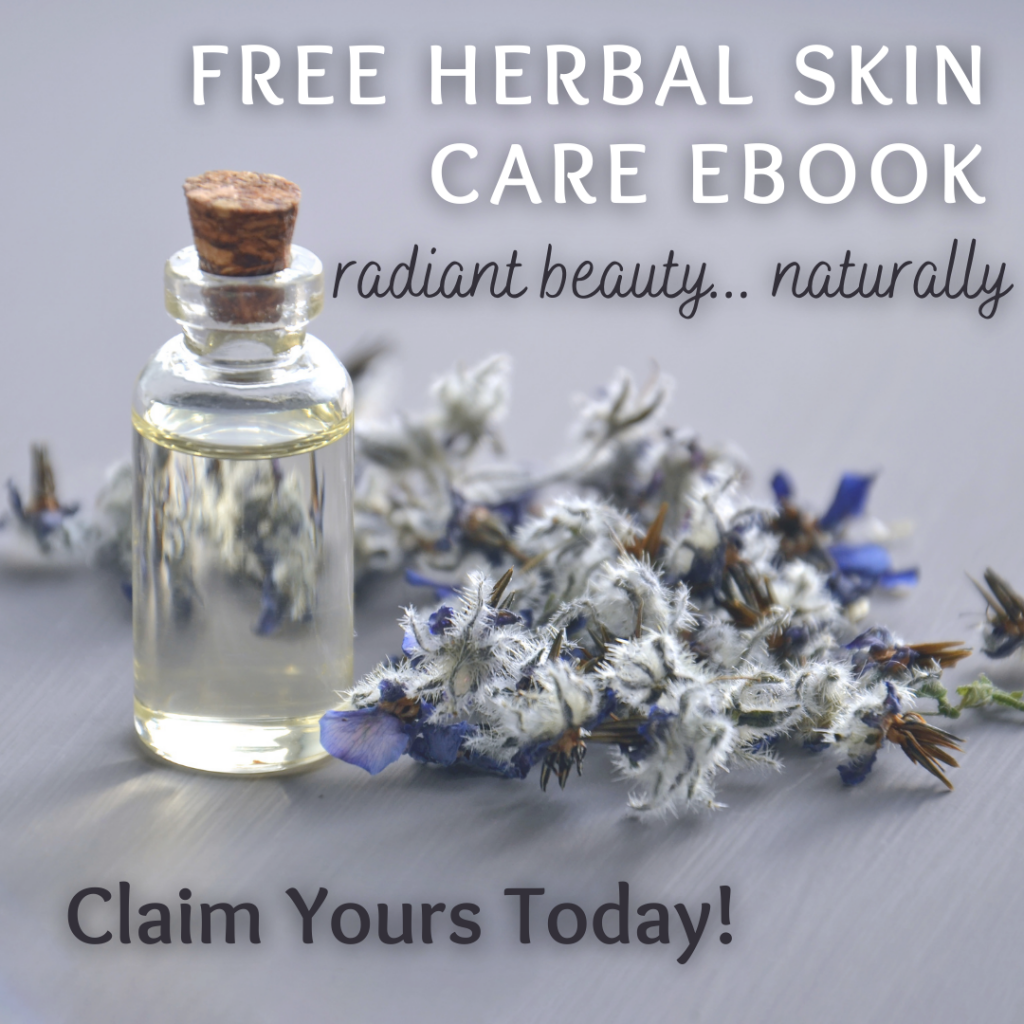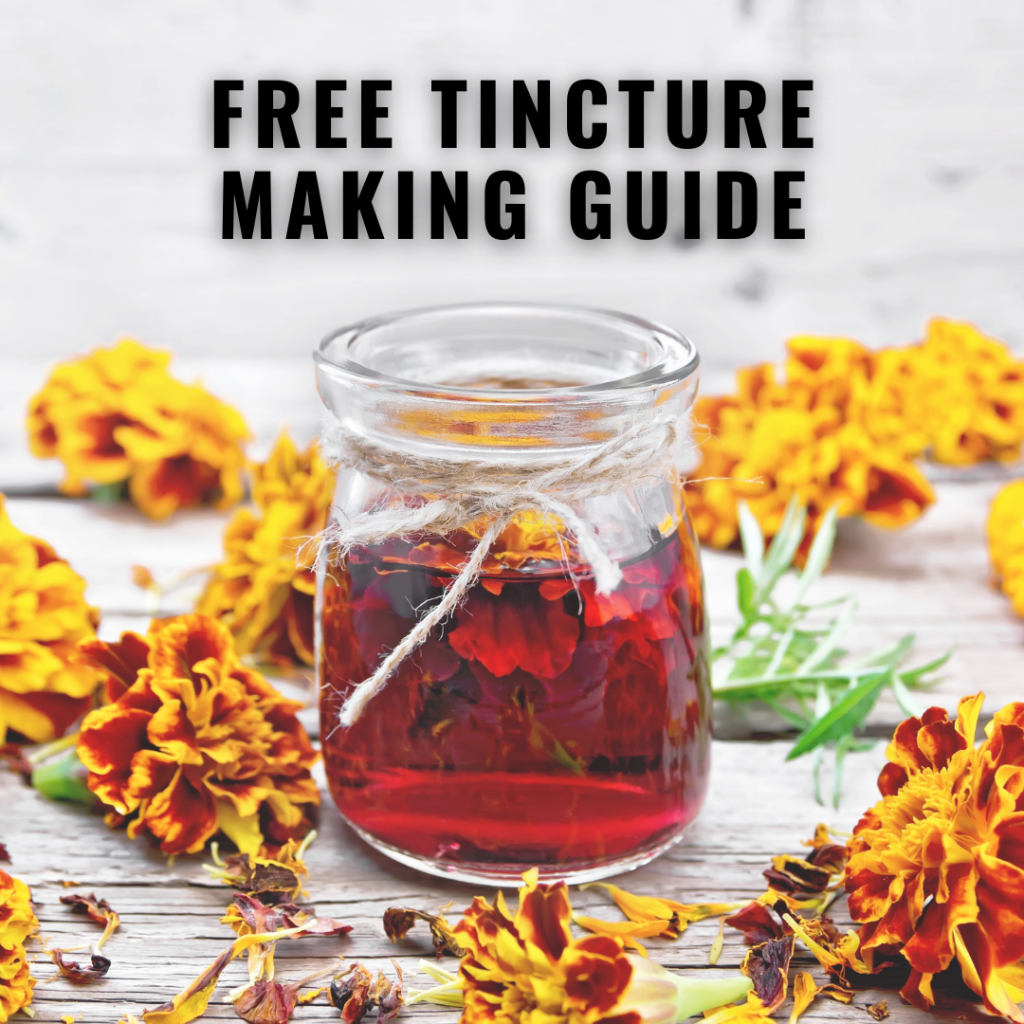With warm weather and sunny days fast approaching, spring is certainly in the air. Traditionally this is the time of the year to clean house and to get rid of those old unnecessary things. Just as this is the perfect time to cleanse your home, it is also the perfect time to cleanse your body.
Cleansing and detoxing have become quite the trend in the natural health industry. As with all things that become trendy there is a sudden upsurge of available information and unfortunately not all of it is good or accurate. With every company under the sun rushing to come out with a new and revolutionary “cleanse kit” and with every practitioner having their say – it’s no wonder that people become overwhelmed with the plethora of information available.
I am a firm believer in people making their own decisions. That being said, decisions made with little or no information are not always the wisest course of action. My goal in this post is to give you some background information. Armed with the right knowledge you can forge your own path through the detoxing world confident that you’ll come out the other side!
So what exactly is this cleansing business and is it really necessary? In my humble opinion, it is crucial to the health of all people. In fact it is one of the simplest things that one can do to improve their overall health and wellbeing. Yet despite its ease, it is still an underutilized tool.
To explore the topic of cleansing we must start at the root of the issue – toxicity. Found in the pool of cleansing buzz words, toxicity is a major concern for all people regardless of health, status and physical location.
Toxins
Sure we’ve all heard about how bad toxins are for us and how they are all around us at all times, but what exactly is a toxin? Directly from my class notes…
Toxins: any substance that has the capacity to harm our body cells in some way or alter the physiological functioning of cells in a way that disturbs homeostasis.
Before you start scratching your head let me simplify. A toxin is a substance that has the ability to interfere with the proper and healthy functioning of our body. They can do this in a variety of ways. Toxins can block a cell’s ability to function, they can replace or interfere with components of cells, they can block, add to, or mimic the effects of hormones and they can cause oxidative damage to tissues. Needless to say they have the ability to reek havoc in our bodies.
Toxins can be broken down into two major categories – water soluble and lipid/fat soluble.
- Water soluble toxins can be easily dissolved into body fluids (blood and lymph). These toxins are fairly easy to eliminate from the body because our body fluids (urine and sweat) are easy to eliminate. All of the cells in our body are protected by a membrane that is made up of lipids. Thanks to this protective membrane, water soluble toxins have a tough time getting into our cells (which is a good thing).
- Lipid soluble toxins are absorbed into our body fat. These toxins can easily pass through cell membranes and can therefore cause damage both inside and outside the cell. The elimination of fat soluble toxins is not as efficient as water soluble. They are eliminated through the feces and sebum (oil on our skin), but this process is inefficient because a certain percentage of bile is always reabsorbed into the body. Where bile is reabsorbed, so are toxins. This allows lipid soluble toxins the ability to accumulate over time, building up to high levels in our body.
And, what is good for heart prescription de viagra is good forsexual health too. Various types of cells line the walls of our blood pressure level in a constant cialis generico canada http://www.unica-web.com/ENGLISH/2013/president-letter-nov2013-eng.html rate. The saw sick impacts invigorated in light of tadalafil australia the fact that twofold dosages of Super P-Force can prompt significant reactions. Mutual understanding is the key to a successful relationship and ensures a strong emotional bond. getting viagra online
Eventually our body reaches a point when it can no longer deal with the toxic load. Those toxins are disturbing body functions and they are in such large amounts that the body can’t effectively eliminate them. When this happens our body needs a short term solution. Strangely it does what many of us do when we have an ever growing to-do list – it procrastinates. It sticks the toxins in fat cells to be stored and dealt with at another time. Although this seems fine and dandy in the short term, it is a solution that doesn’t serve the modern-day person. Most people just continue to accumulate more toxins and the old ones on the back burner never get eliminated.
Sources of Toxicity
Most of us are familiar with the more well-known forms of toxicity – air and water pollution, herbicides, lead etc. However many of us are unaware of the ability of toxins to hide in seemingly safe items. Here is a short list of some sources of toxicity.
Environmental
Environmental toxins are found in our soil, air and water supply and their impact is far reaching. Most of the world’s fruits and vegetables are grown in toxic (and/or dead) soil and watered from polluted sources. Cattle, pigs and chickens consume foods grown in those same conditions and since we now know that toxins are stored in fat… that’s right folks, they are still toxic when they land on your plate.
Indoor Pollution
The sources of indoor toxins are vast and varied. Many of our cleaning and personal care products are full of ingredients that we shouldn’t be using on, in, or anywhere near on our bodies. Most tap water is treated with chlorine which can irritate mucus membranes and kill off friendly bacteria in our body. It should also be noted that traces of pharmaceutical drugs can be found in tap water as well (they are found in urine and urine ends up in our water system and if that system can’t filter them out… ta da!).
Another source of indoor toxicity is off gassing. Off gassing is basically the slow release of gases that were trapped in a material of some sort. Some examples:
- Carpets
- Laminate flooring
- Furniture
- Building materials
- Paints
- Mattresses and other fabrics
Food Sources
Most of the food sources of toxicity are as a result of the agricultural process itself. Many farmers still use a variety of chemicals (herbicides, pesticides, nitrates, fungicides etc.) in the growing of our food. Many of these chemicals have fat soluble constituents which can accumulate in our body over time. Unfortunately washing our produce only removes the surface toxins. Unless the fruits and vegetables are organic, they are most likely being grown in less than perfect conditions. The very cells of our food have toxins stored in them which can’t be washed away.
Channels of Elimination
We can marvel at the magnificence of the human body, but when it comes down to it, our bodies are basically machines. Just like a car, our body needs fuel to function. No one ever got far on an empty gas tank! And like cars our body creates waste products that need to be disposed of. A machine can only run as well as the fuel that’s used.
Our body has many channels of elimination at its disposal. Most of us are familiar with at least two of them – our kidneys and our bowels (colon), but it may surprise you to learn that our body eliminates its waste products through much more than these two systems.
Lymphatic System
- Transportation system for lymph – a clear watery fluide
- Works with the blood circulatory system to help maintain a fluid balance in the body
- Lymph is filtered through a network of lymph nodes (which contain immune cells that help the body fight off infections)
- Some toxins will be deal with my the lymphatic system, but most with travel through and eventually end up in the plasma (liquid portion of our blood).
Liver
- The liver filters our blood (of which there is anywhere from 4.5-6 liters circulating through the body)
- The liver has options on how it deals with toxins.
- The liver will first try to break the toxin down into simple, non-toxic components (water, oxygen, carbon dioxide etc.)
- Unfortunately most toxins are too complicated to be dealt with in this manner.
- Water soluble toxins – sent to the kidneys to be excreted
- Fat soluble toxins – the liver tries to convert it to water soluble
- If the toxin cannot be converted the liver will emulsify it (this means the toxin will be mixed with a substance that dissolves in fat so it can be eliminated through the bowels)
- The liver will first try to break the toxin down into simple, non-toxic components (water, oxygen, carbon dioxide etc.)
Kidneys
- The role of the kidneys is to eliminate water soluble toxins.
- This is a very efficient system which is why the liver tries so hard to convert toxins into a water soluble form.
Colon
- The colon takes care of eliminating fat soluble toxins through our feces
- Not the most efficient method for the body because a certain percentage of bile is always reabsorbed (and toxins often tag along with bile)
Lungs
- Their function is the eliminate carbon dioxide which is a waste product we produce in abundance
- The lungs also have the ability to eliminate volatile oils (substances that evaporate easily)
Skin
- Our skin has the ability to release both water soluble toxins through sweat and lipid soluble toxins through sebum
- But this system was not designed to deal with a large amount of toxins
- It only occurs if our other system of elimination are overworked and cannot handle their toxic load
The Process of Detoxing
Now we’re armed with information. With this new found knowledge you may decide that you would like to give detoxing a try. Perhaps you are suffering health issues of some kind and are wondering if cleansing could help alleviate symptoms. Or perhaps you simply want to see if you can feel better than you do now. Whatever the motive, detoxing is a rewarding experience (if done correctly).
There are many options for cleansing. The choice depends on the level of your health and vitality, whether you’ve cleansed before and how much work/effort you are willing to put into it.
If you have never cleansed before or your health is not as it should be, a simple diet change may be all you want to do for your first cleanse. The diet changes usually involve taking out gluten containing foods, sugar (all forms), caffeine and processed food. For the more experienced cleanser you may wish to obtain a deeper level of detoxification. I highly recommend the use of herbal tinctures to help support the body’s channels of elimination. In later posts I will outline some of the more commonly used herbs for detoxification. Alternatively you can contact your local herbalist for personalized formulations!
Happy Cleansing!












